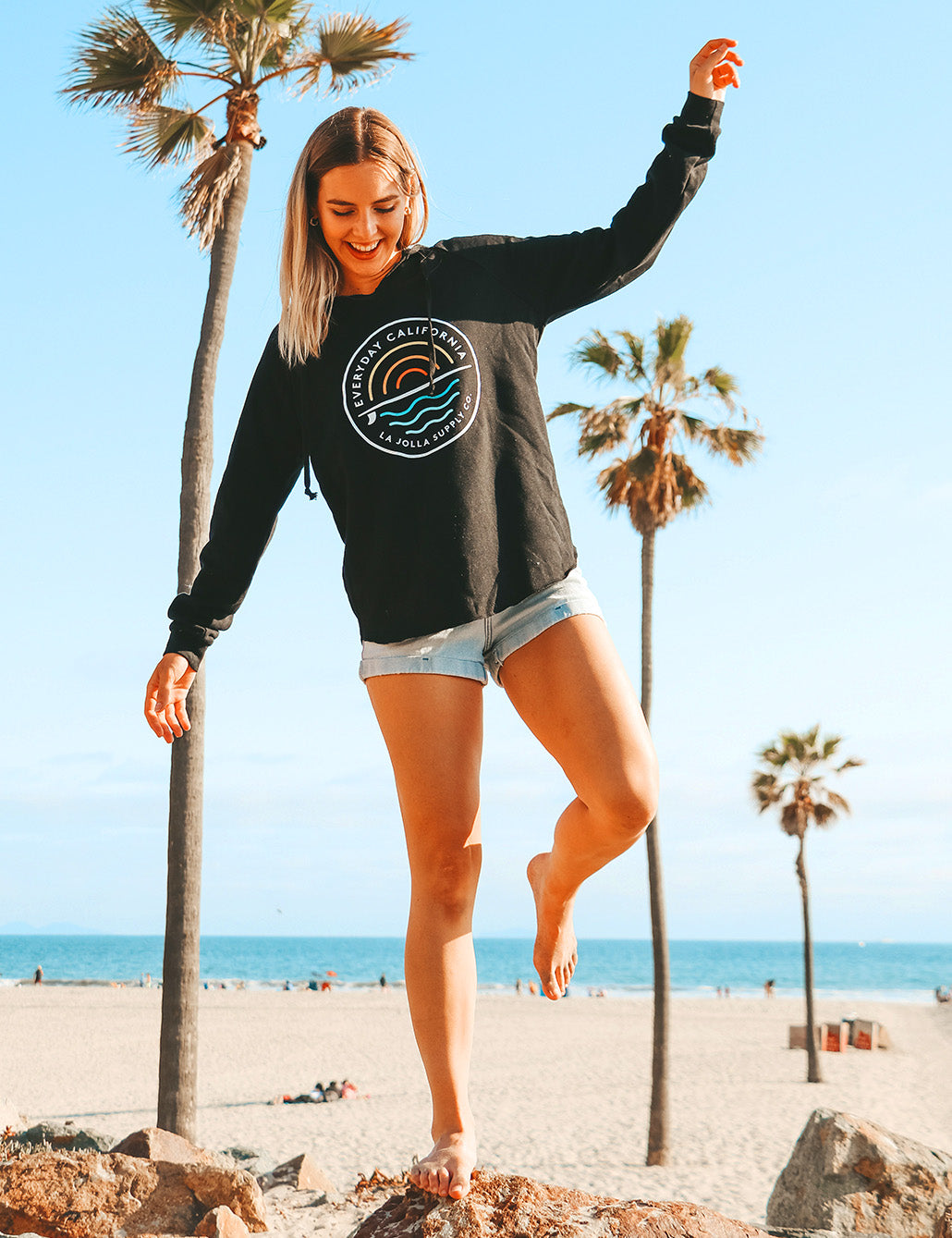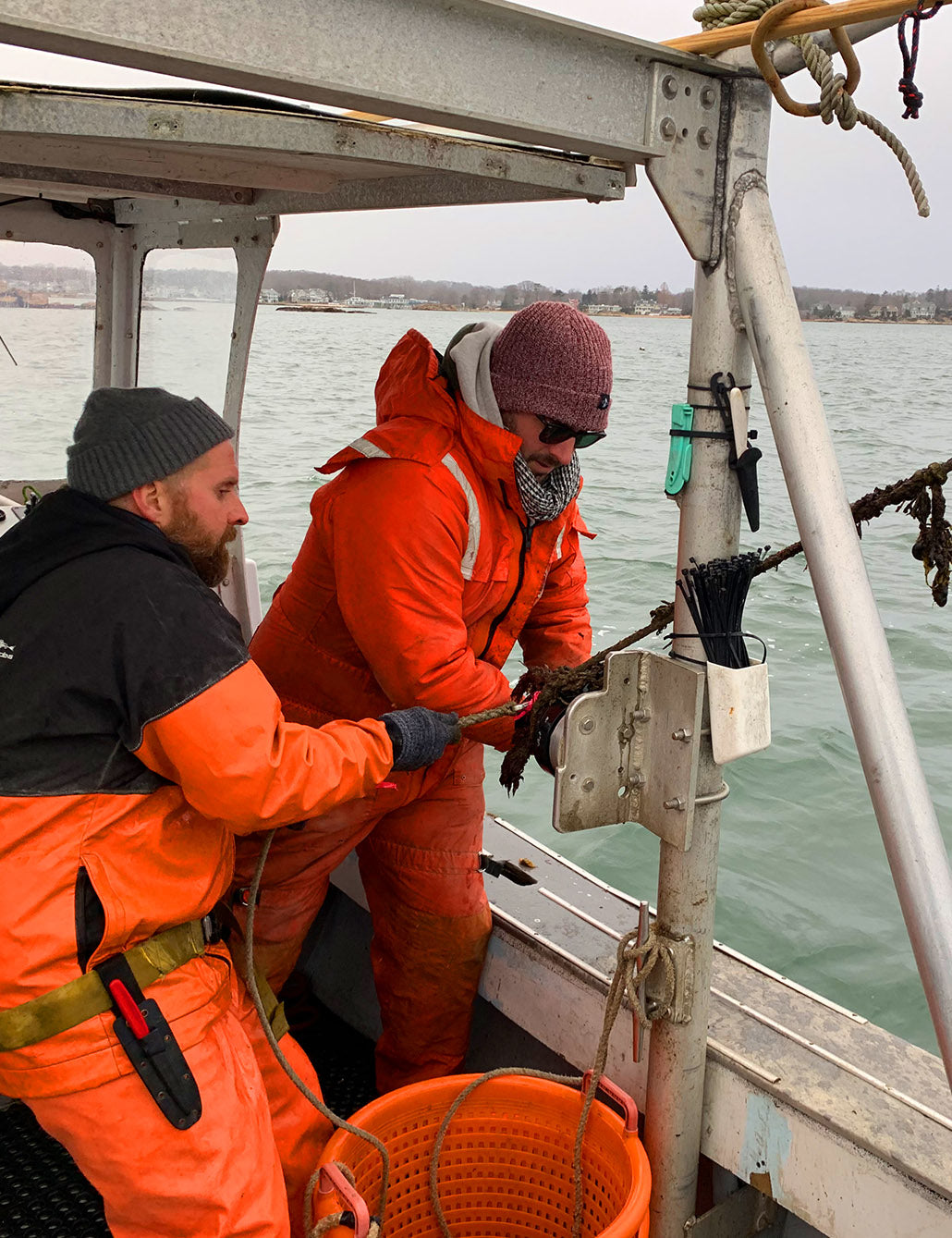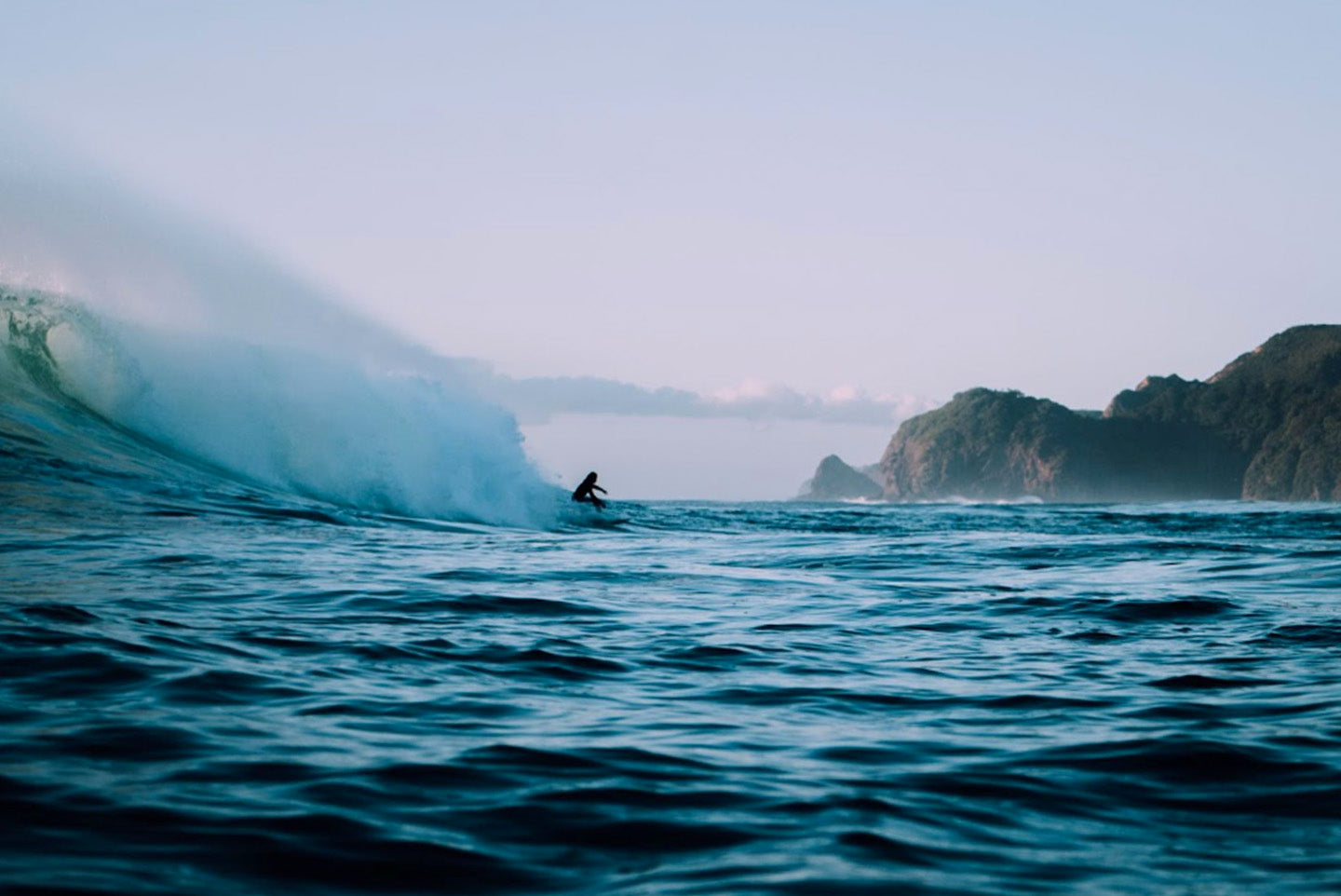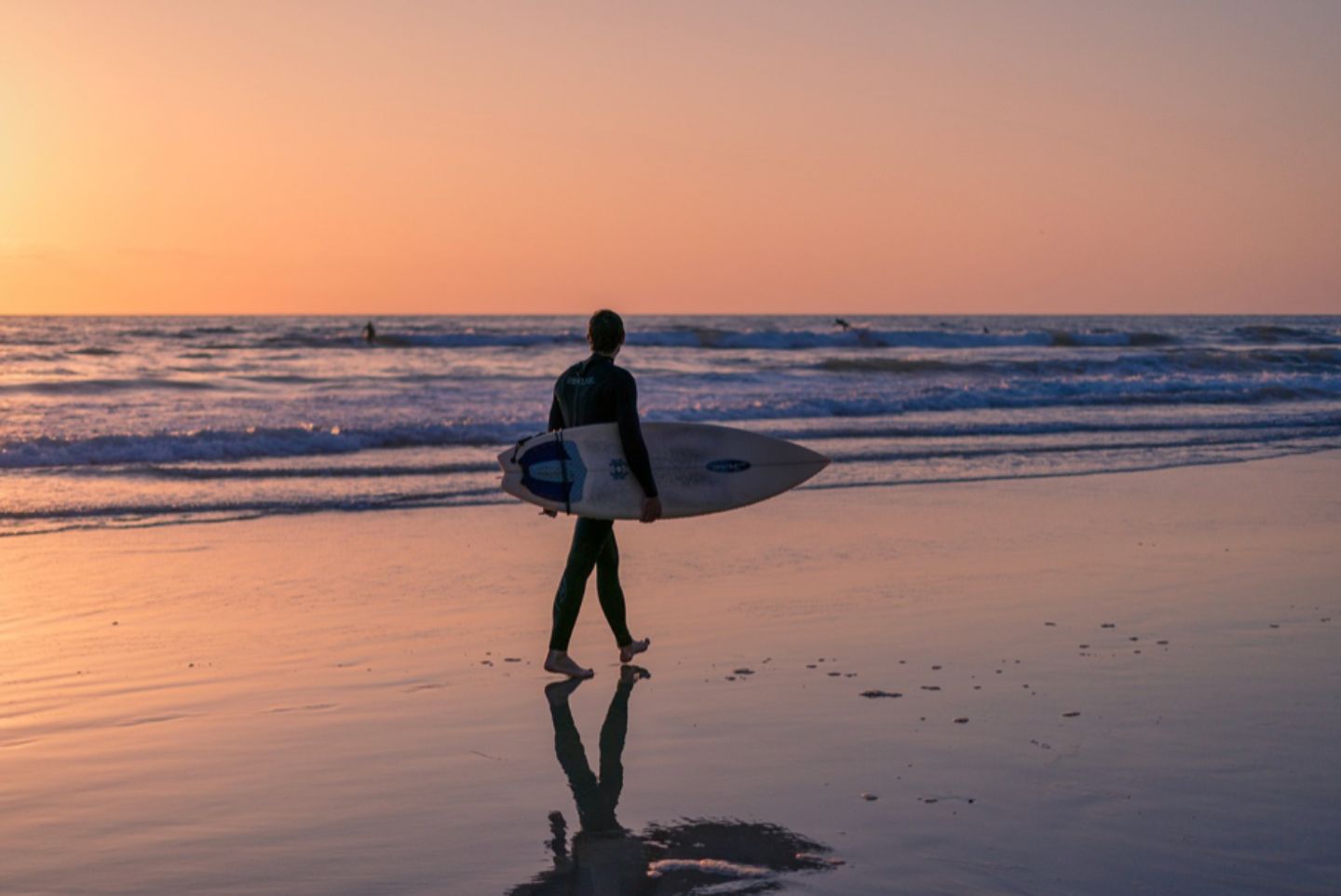How To Measure The Height Of A Wave
Measuring wave height might not be the first thing that comes to mind when you head out to the beach, but a lot of people have a keen interest in knowing, especially surfers.
Knowing how to figure out the height of a wave is subjective and sometimes hard to do, but there are a few ways that, with practice, work well.
Using the height difference between the wave's trough (lowest point) and its peak (highest point), we may make educated forecasts about the incoming surf. This is most commonly done in feet, but meters can also be used.
Even so, surfers engage in a wide range of measurement methods, all of which, depending on the setting, tend to understate the face height of the waves.
Is there a standard method for gauging the size of a wave?
One can set all sorts of records and perform incredible tricks while surfing, making it a truly impressive sport. Surfing lessons are readily available from us if needed.
The first time you caught a wave, the line you took in the water, your first barrel, and the size of the wave you rode are all milestones worthy of celebration and bragging rights.
"Waves are not measured in feet and inches, but in increments of fear," stated big wave surfer Buzzy Trent. A claim like this begs a number of questions. One primary concern is how to standardize wave measurement for reliable comparisons. The height of a wave can be evaluated in a few different ways.
The Hawaiian Approach
The 'Hawaiian' approach is an accepted method of calculating the wave height, and it reliably accounts for around half of the face height, because it is measured from the back of the wave.
A 4 foot wave in Hawaii can reach heights of 8 feet on the face, which is easily many feet above the head of a surfer.
This is sometimes explained as "measuring the rear of the wave." Although the Hawaiian scale may cause novice surfers some difficulty, most surfers, regardless of location, will understand and be able to picture a wave described as "6 feet Hawaiian scale.”
We've found that surfers outside of Hawaii use a scale that's midway between face height and the Hawaiian scale, with more seasoned surfers tending to underestimate the size of the wave.
The majority of us would be taken aback if we went to the beach expecting to see waves of only 4 feet and instead saw them as much larger.
In light of this, the height of waves, from trough to peak, is always discussed in feet, and the wave face itself is always referred to in terms of its height.
Recently, however, a strong and (for us at least) promising trend has emerged toward measuring waves according to their real size once again, thanks in large part to the introduction of the Billabong XXL, which tries to objectively record the greatest waves ridden annually.
The Bascom Method

Willard Newell Bascom's Method is generally agreed upon as being easy to understand and logical, despite being an exaggeration in most cases.
The method can be easily calculated while standing on the beach.
The height of the wave is measured from the top of the wave to the sea level. It was a huge hit in the Golden State.
This method can sometimes make the wave seem much bigger than it is, since surfers will usually be positioned somewhere in the barrel of the wave, which is higher than the lowest point of the top of the water, which is where this method starts its measurement.
The Bascom Method vs the Hawaiian Scale
The Bascom Method and the Hawaiian Scale are very different, and each have their pros and cons. The Hawaiians always rode waves so tall that the height measurements were taken from behind the waves. The Californians' strategy (Bascom) was seen as overly cocky to the Hawaiians.
The Hawaiian Wave Scale became popular among surfers when media emphasis was focused on big wave surfing.
There are, however, certain drawbacks to using the Hawaiian Wave Scale:
-
Measuring tiny waves can be tricky
-
You have to be in the water to measure the waves
-
It does not actually measure the entire wave that the surfers ride
-
Excludes certain waves that are very large but have a smaller backside
Surfable Wave Face Method










